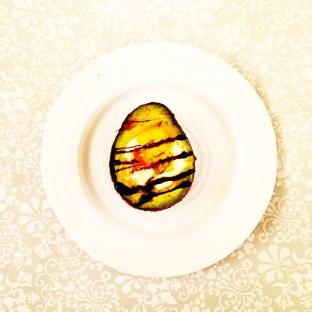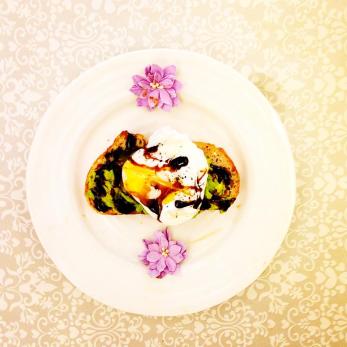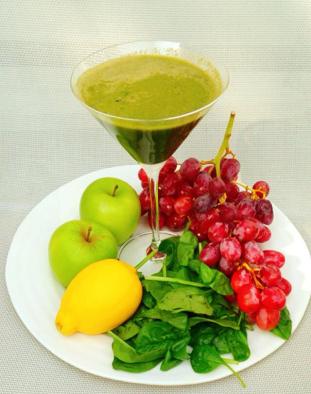It is common knowledge that eating sugary foods makes your fat, gives you diabetes and generally doesn’t do the body much good. But far less attention is given to the effect of a high-sugar diet on our mental health. Many studies have shed light on the negative impact of sugar on mood and quality of life. In fact, associations have been made with a high-sugar diet and increased risk of depression, anxiety schizophrenia as well as a poorer recovery rate that those with a low-sugar diet.
It is easy to blame mental health problems on predisposed genetics but when a shocking 1 in 4 of us will experience a mental health problem in our lives, we have to look at the change in environment that is causing the rise in psychological diagnoses. It is no coincidence that sugar-intake is at an all time high.
Sugar suppresses activity of a hormonal activity and the immune system- issues common to people with depression. Interestingly, the countries with the highest rate of depression also have a high sugar intake.
Similarly, sugar had been found to worsen anxiety symptoms and weaken our stress coping ability. A sugar high and subsequent crash can cause shaking, fatigue, which can make anxiety worse or induce a panic attack.
If you or anyone you know are experiencing depressive or anxious symptoms, I would really advise cutting down on sugar. This doesn’t mean excluding it from diet all together, but it could be doing a lot more harm than you think.
SO…I GIVE YOU SUGAR FREE ICE CREAM!
I think this recipe is the best healthy substitute I have found to date. It requires zero effort, only 2 ingredients and actually tastes better than real ice cream. Honestly you have to try it, it is unbelievably good! I can now have ice cream for breakfast without feeling guilty.

Ingredients
4 frozen bananas
1/2 cup Milk (I used almond milk but you can use whichever you have around!)
Flavouring/toppings (e.g. cocoa, honey, nuts, dark chocolate chips, berries)
1. Freeze the bananas (with the skins off!) for a few hours. May be helpful to chop roughly them before freezing.
2. Place the bananas and milk in blender or food processor. I had to stop and scrape off the sides a few times but continue until mixture resembles ice cream!
3. Add whatever flavouring, I used cocoa topped with sugar-free chocolate chips and nuts.
N.B To make strawberry/raspberry flavoured ice cream add frozen berries in with the bananas.
Hopefully this recipe will give help you realise that fruit is a great alternative to man-made sugary products. Although it contains some sugar, it is more natural and less damaging for the body and brain. Enjoy!


 I found out something really cool and interesting that has really helped me to change the way I think about food…
I found out something really cool and interesting that has really helped me to change the way I think about food…





